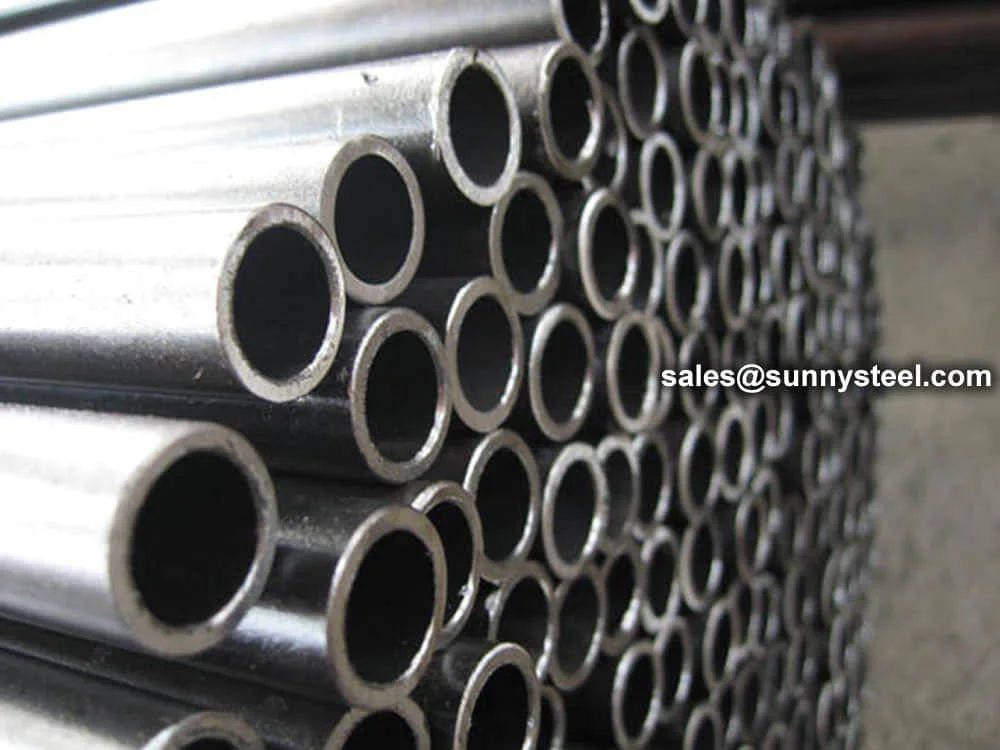
Seamless Carbon Steel Pipe For Moderate Sub‑zero Service With Excellent Notch Toughness
Astm a333 grade 1 seamless pipe delivers reliable toughness down to –45 °c/–50 °f, ideal for low‑temperature storage, lng, and cold‑climate pipelines.
Seamless Carbon Steel Pipe For Moderate Sub‑zero Service With Excellent Notch Toughness
Astm a333 grade 1 seamless pipe delivers reliable toughness down to –45 °c/–50 °f, ideal for low‑temperature storage, lng, and cold‑climate pipelines.
ASTM A333 Grade 1 seamless pipe is a carbon steel pipe precisely designed for low‑temperature service down to –45 °C (–50 °F). Manufactured in a seamless process, it offers exceptional structural integrity, high notch toughness, and reliable performance in cold environments.
This grade is normalized or normalized and tempered to refine its microstructure, enhancing fracture resistance and impact toughness. It is widely used in transport, storage, and processing systems that operate under sub-zero conditions.
ASTM A333 Grade 1 pipes undergo rigorous quality control including Charpy V-notch testing at –45 °C, hydrostatic pressure testing, and dimensional inspections. They are suitable for applications in LNG plants, cryogenic equipment, refrigeration systems, and cold-region oil & gas pipelines.
Available in seamless form with a variety of diameters and wall thicknesses, Grade 1 pipes are typically supplied in plain or beveled ends. They support welding, bending, flanging, and on-site assembly for industrial installations.
| Element | Composition (%) |
|---|---|
| Carbon (C) | ≤ 0.30 |
| Manganese (Mn) | 0.29 – 1.06 |
| Phosphorus (P) | ≤ 0.025 |
| Sulfur (S) | ≤ 0.025 |
| Silicon (Si) | ≥ 0.10 |
| Nickel (Ni) | ≤ 0.40 |
| Chromium (Cr) | ≤ 0.30 |
| Property | Value |
|---|---|
| Tensile Strength | ≥ 415 MPa |
| Yield Strength | ≥ 240 MPa |
| Elongation | ≥ 30 % (longitudinal) |
| Impact Toughness | ≥ 27 J @ –45 °C |
Grade 3 contains 3.18–3.82% nickel for enhanced toughness at -150°F (-101°C) and higher strength (450/240 MPa) compared to Grade 1 (380/205 MPa, -50°F/-45°C). Grade 1 is more cost-effective for less extreme low-temperature applications.
Grade 6 offers higher strength (415/240 MPa) and similar low-temperature toughness at -50°F (-45°C) compared to Grade 1 (380/205 MPa). Grade 6 is more widely used for its balance of strength and cost-effectiveness in general cryogenic applications.
A106 Grade B is designed for high-temperature service (up to 750°F/400°C) with higher strength (415/240 MPa) but lacks the low-temperature toughness of A333 Grade 1, which is impact-tested at -50°F (-45°C) for cryogenic use.
A335 P91 is an alloy steel pipe for high-temperature service (up to 650°C) with high strength (585/415 MPa) and creep resistance. A333 Grade 1 is a carbon steel pipe for low-temperature service (-50°F/-45°C) with lower strength (380/205 MPa).
The ASTM A333 Grade 1 Seamless Pipe addresses critical challenges like brittleness and cracking in low-temperature environments. Its carbon steel composition and seamless construction make it a cost-effective choice for engineers seeking reliable low-temperature piping for cryogenic systems.
| DIN | EN | BS | NFA | ASTM | ASME |
|---|---|---|---|---|---|
| DIN 17173 Grade TTSt 35 N | EN P215NL Grade 10216-4 | – | ASTM A333 Grade 1 | ASME SA 333 Grade 1 | UNI C15 |
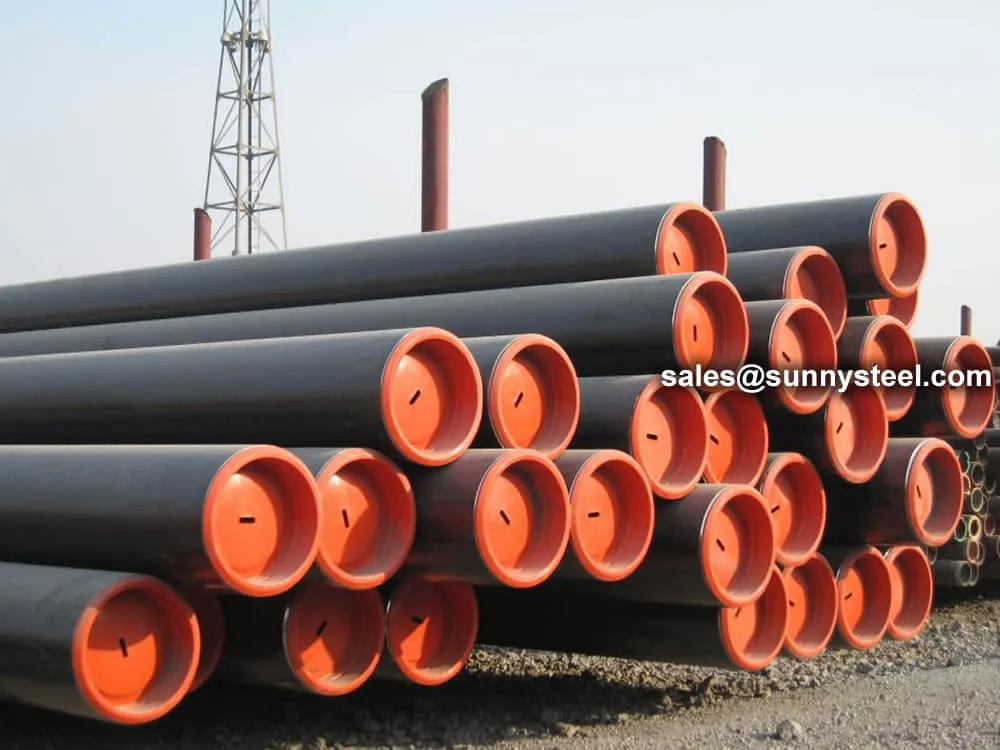
ASTM A333
Low temperature pipe refers to pipes specifically designed to withstand and operate effectively in environments with low temperatures, typically below 0°C (32°F).
These pipes are often used in industries such as oil and gas, petrochemicals, and refrigeration, where fluids need to be transported or stored at low temperatures. They are constructed from materials that can maintain their mechanical properties and structural integrity even in extremely cold conditions, ensuring the safe and efficient transportation of fluids. Additionally, low temperature pipes are insulated to prevent heat transfer and maintain the desired temperature of the fluid being transported.
Compared with austenitic stainless steel and duplex stainless steel, there are many comprehensive advantages of ferrite alloy steels for low temperature service, such as higher strength, better rigidity and lower expansion coefificient. There is not only better stability but aslo higher heat transfer efficiency. Tube & pipe for low-temperature service can be widely used in low temperature engineering. ASTM/ASME A/SA-333 Grades allow for cold temperature service to minus 150 degrees F. Material is always provided in the normalized condition at a minimum and Charpy Impact tested to a specific temperature range to assure compliance with the required service temperature.
Exceptional performance at temperatures down to -45°C with superior notch toughness and impact resistance.
Fine-grain structure with uniform carbide dispersion prevents brittle fracture in cryogenic conditions.
Economical alternative to exotic materials while providing reliable low-temperature performance.
Good weldability using conventional processes with minimal post-weld heat treatment requirements.
Precise control of chemical composition using electric arc furnaces with advanced ladle metallurgy techniques. Vacuum degassing reduces hydrogen content and eliminates inclusions.
Seamless pipes manufactured using hot piercing and rolling. Welded pipes produced using ERW or SAW processes with strict welding parameter controls.
Controlled heat treatment including normalizing at 815°C (1500°F), quench and temper, or stress relief to achieve optimal microstructure and properties.
Comprehensive testing including chemical analysis, mechanical testing, Charpy V-notch impact testing, hydrostatic testing, and non-destructive examination.

ASTM A333 Grade 1 Seamless Low‑Temperature Steel Pipe is widely used in industries requiring excellent high-temperature, high-pressure, and corrosion-resistant performance.
Used in boilers, superheaters, and steam lines in thermal and nuclear power plants.
Ideal for hydrocarbon processing, ethylene cracking, and heat exchanger units.
Used in LNG pipelines, storage tanks, and vaporization equipment for cold media.
Ensures excellent thermal conductivity and corrosion resistance in cyclic operations.
Handles high-pressure oil and gas in extraction, refining, and transportation systems.
Resists acidic and corrosive environments in reactors, scrubbers, and distillation units.
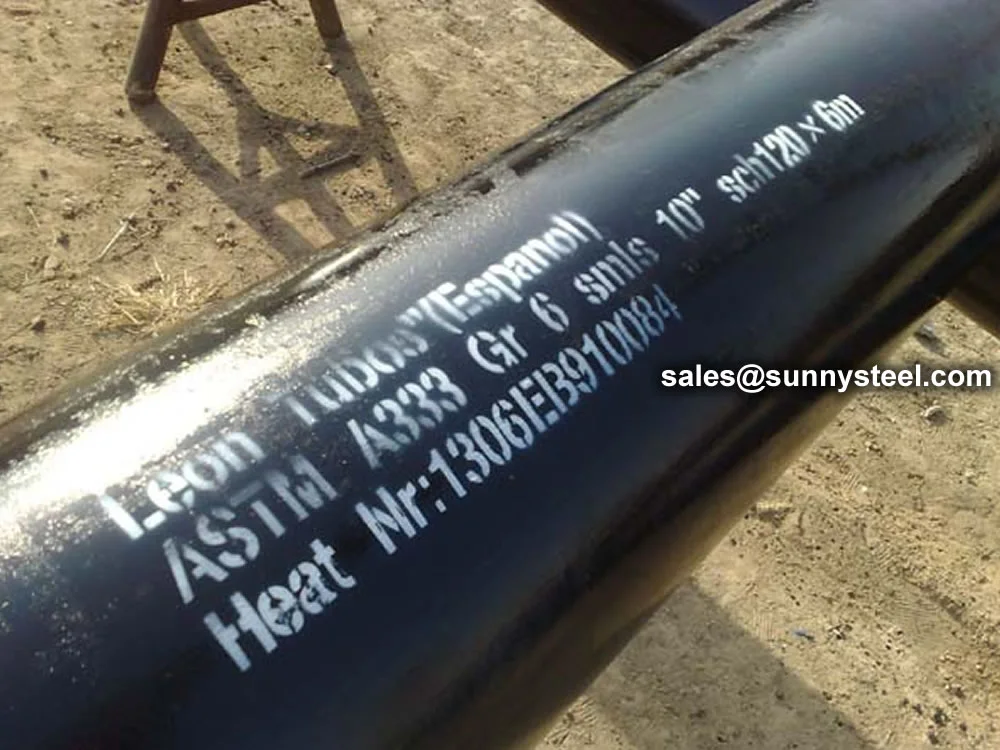
Astm a333 grade 6 pipe offers excellent toughness ...
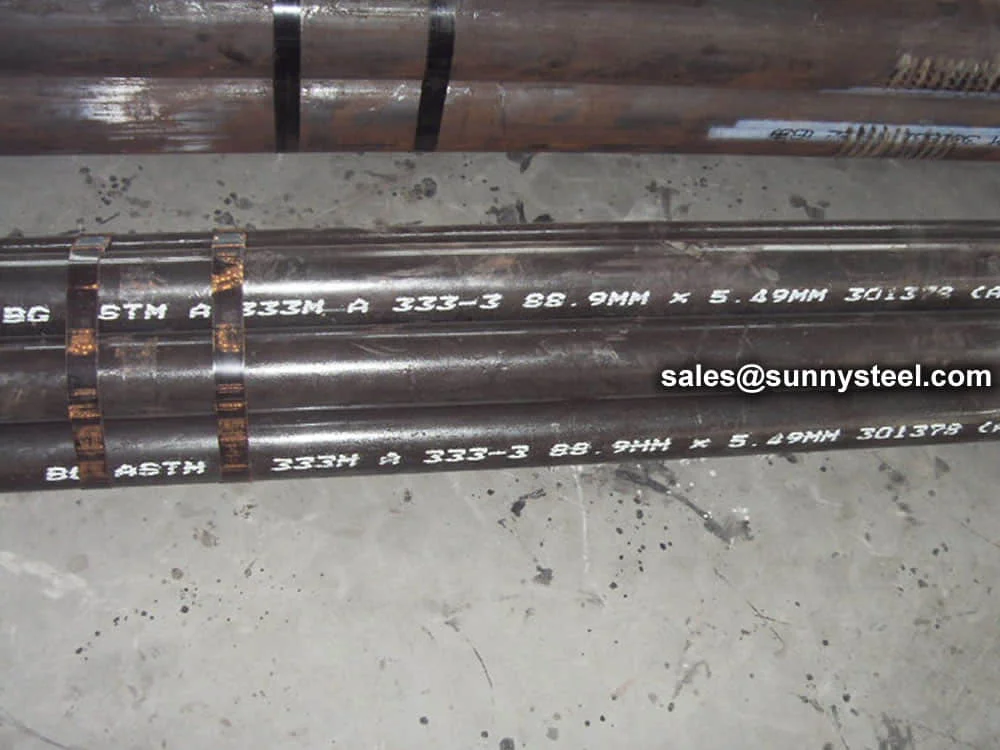
Astm a333 grade 3 seamless pipe is ideal for low-t...
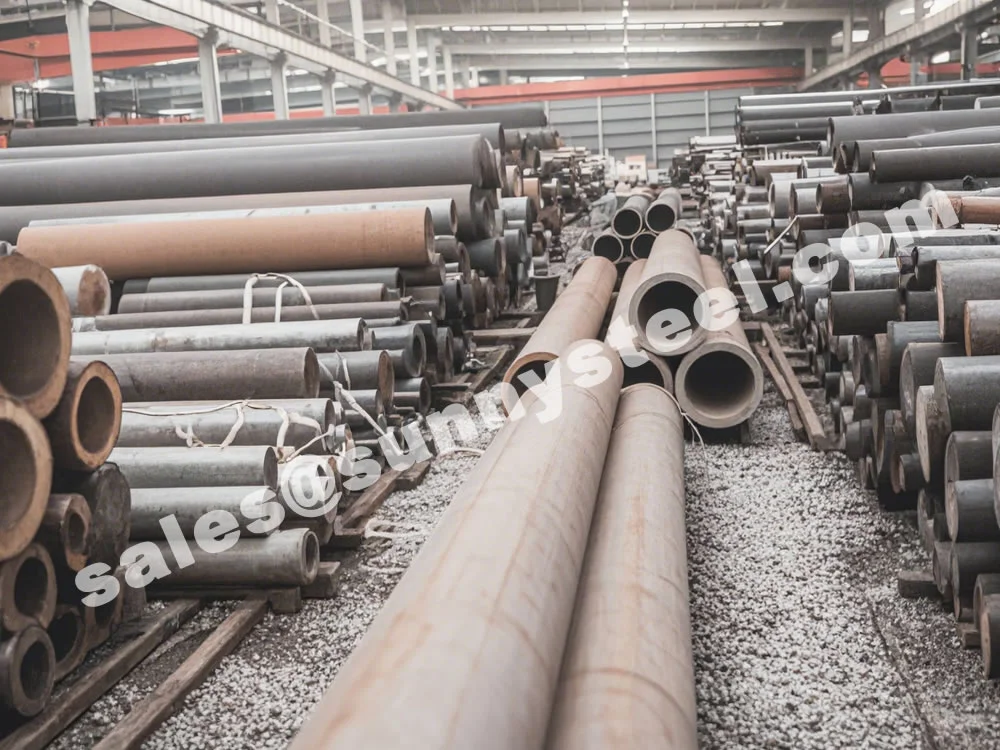
16mndg seamless steel pipe offers excellent low-te...